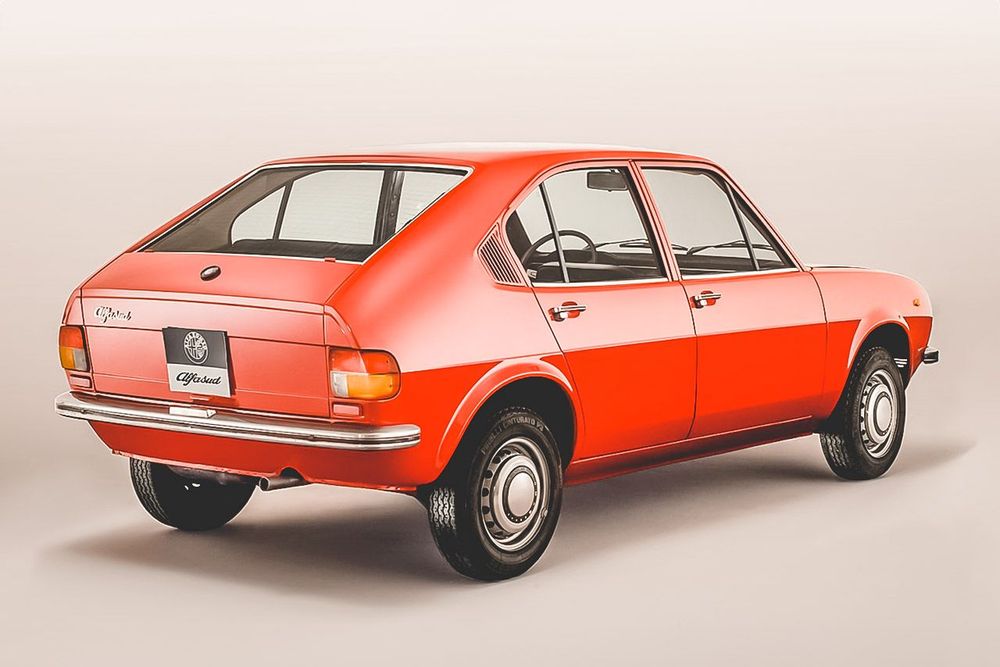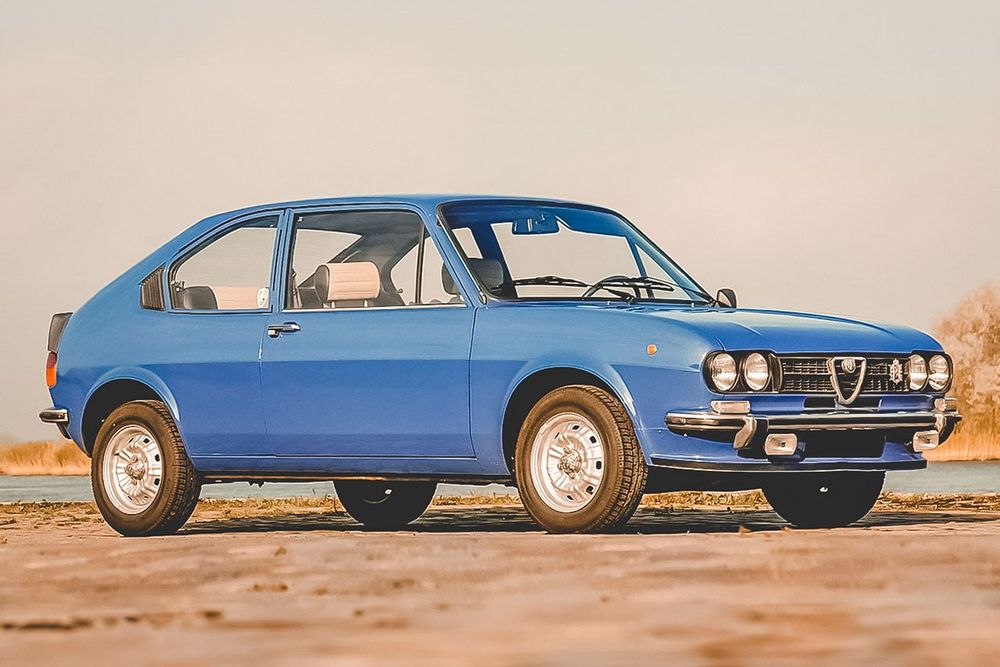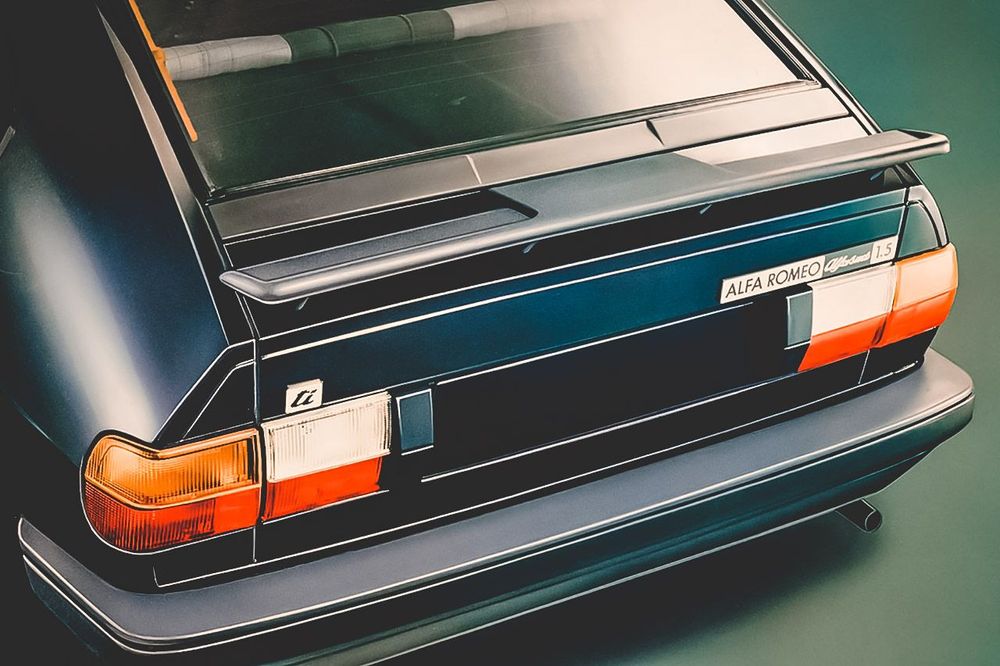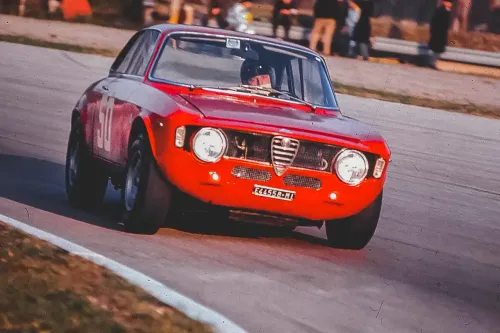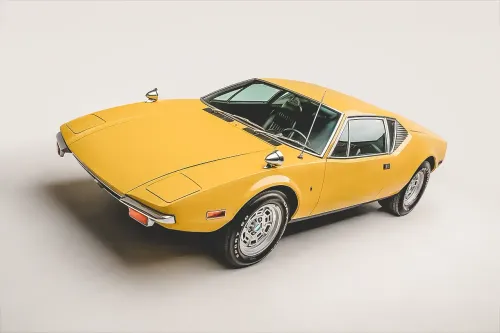Wronged: Alfa Romeo Alfasud Berlina
When someone says they dream of a classic Ferrari or Lamborghini, are they willing to live with all the costs and complications that this entails? Will you be willing to live with the maintenance costs and possible breakdowns? It probably is. The character and driving experience of this type of car largely justifies the sacrifice. It's the price to pay for having something that is exclusive. The feeling, the smells, the aesthetics and the “Latin touch” are inimitable and highly desirable. If all this is true when we talk about cars with very high prices, why shouldn't it be true for an Alfasud? Is it a bad car? It certainly has many flaws, but it is worth contextualizing birth to begin to have compassion. At the end of the 60s and beginning of the 70s, Southern Italy was going through a severe crisis. With all industry and finance concentrated in the North of the country, the South remained essentially rural, with truly alarming levels of training and unemployment. Alfa Romeo was also experiencing an internal crisis in Milan. After some less happy years and typically Latin management, the state ended up intervening to save the company, starting to hold a large part of its capital. There were, however, conditions and counterparts for this help. One of them was the opening of an industrial unit in the south of the country, which would make it possible to employ a large part of that unemployed population.
The idea seemed good, but as is usual with appeal solutions, the details had to be critical. The main problem was the lack of training for new workers, the majority of whom were former farmers, without the literacy, rigor or work rhythm that industrial activity required. This would seriously affect the build quality. Another unconsidered fact was the humid Mediterranean climate. The sheet metal protection treatment was not good enough to deal with those conditions or was applied too late, mainly when strikes or inefficiency caused bodies to remain outdoors for a long time between different assembly phases. Contributing to the Alfasud's bad reputation was also one of its greatest virtues: the opposed-cylinder engine was designed by Rudolf Hruska, who had worked at Volkswagen during the development of the Beetle's engine and derivatives. Hruska was a fan of the solution because it allowed for an ideal center of gravity and a lower bonnet line. But the nervous nature and the need for vigorous use for the automatic tuning to work properly created a negative reputation for an excellent engine with high specific power. But the Alfasud's charms didn't end there: the five-speed gearbox had a long but precise selector, and the scaling was excellent to take advantage of the small engines. The behavior was as close as you could get to the delicacy and agility of a Giulia, but with a front transmission. It was the most fun family car of its generation and, in the version with a tailgate or Giardinetta (estate), it was also a practical and competent car. There are still many well-preserved Alfasud Sprints, but if you want to do justice to a Berlina, be prepared to deal with rust. Lots of rust. But in the end, you will have in your hands a piece of history that is fun to drive, rare and full of character.





